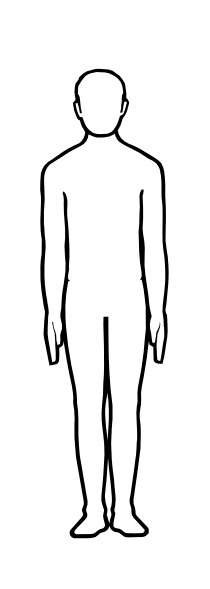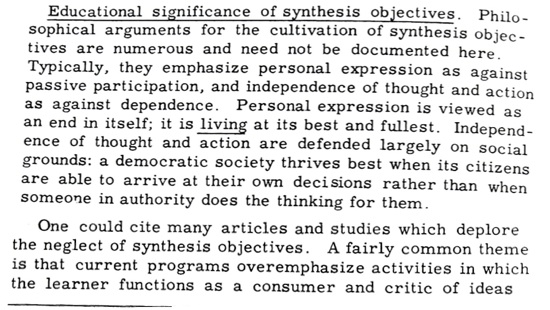

This research has led to early-stage clinical trials to test usefulness and safety in people. For instance, bone marrow stem cells may be able to create bone or heart muscle cells. However, emerging evidence suggests that adult stem cells may be able to create various types of cells. For instance, researchers thought that stem cells residing in the bone marrow could give rise only to blood cells. Until recently, researchers thought adult stem cells could create only similar types of cells. Compared with embryonic stem cells, adult stem cells have a more limited ability to give rise to various cells of the body. These stem cells are found in small numbers in most adult tissues, such as bone marrow or fat. Tests could show whether the new drug had any effect on the cells and whether the cells were harmed.Īdult stem cells. Techniques to program cells into specific cells are under study.įor instance, nerve cells could be generated to test a new drug for a nerve disease. For the testing of new drugs to be accurate, the cells must be programmed to acquire properties of the type of cells targeted by the drug. New areas of study include the effectiveness of using human stem cells that have been programmed into tissue-specific cells to test new drugs. This type of testing will most likely first have a direct impact on drug development for cardiac toxicity testing. Before using investigational drugs in people, researchers can use some types of stem cells to test the drugs for safety and quality. Test new drugs for safety and effectiveness. Researchers continue to advance the knowledge on stem cells and their applications in transplant and regenerative medicine. Stem cells may have the potential to be grown to become new tissue for use in transplant and regenerative medicine.

Children produce less urine than adults, and the amount produced depends on their age.People who might benefit from stem cell therapies include those with spinal cord injuries, type 1 diabetes, Parkinson's disease, amyotrophic lateral sclerosis, Alzheimer's disease, heart disease, stroke, burns, cancer and osteoarthritis. Most of the water and other substances that filter through your glomeruli are returned to your blood by the tubules. In a single day, your kidneys filter about 150 quarts of blood. Your blood circulates through your kidneys many times a day. In the nephron, your blood is filtered by the tiny blood vessels of the glomeruli and then flows out of your kidney through the renal vein. This large blood vessel branches into smaller and smaller blood vessels until the blood reaches the nephrons. How does blood flow through my kidneys?īlood flows into your kidney through the renal artery. The remaining fluid and wastes in the tubule become urine. The tubule helps remove excess acid from the blood. As the filtered fluid moves along the tubule, the blood vessel reabsorbs almost all of the water, along with minerals and nutrients your body needs. The tubule returns needed substances to your blood and removes wastesĪ blood vessel runs alongside the tubule. Larger molecules, such as proteins and blood cells, stay in the blood vessel. The thin walls of the glomerulus allow smaller molecules, wastes, and fluid-mostly water-to pass into the tubule. The glomerulus filters your bloodĪs blood flows into each nephron, it enters a cluster of tiny blood vessels-the glomerulus. Each nephron has a glomerulus to filter your blood and a tubule that returns needed substances to your blood and pulls out additional wastes.


 0 kommentar(er)
0 kommentar(er)
